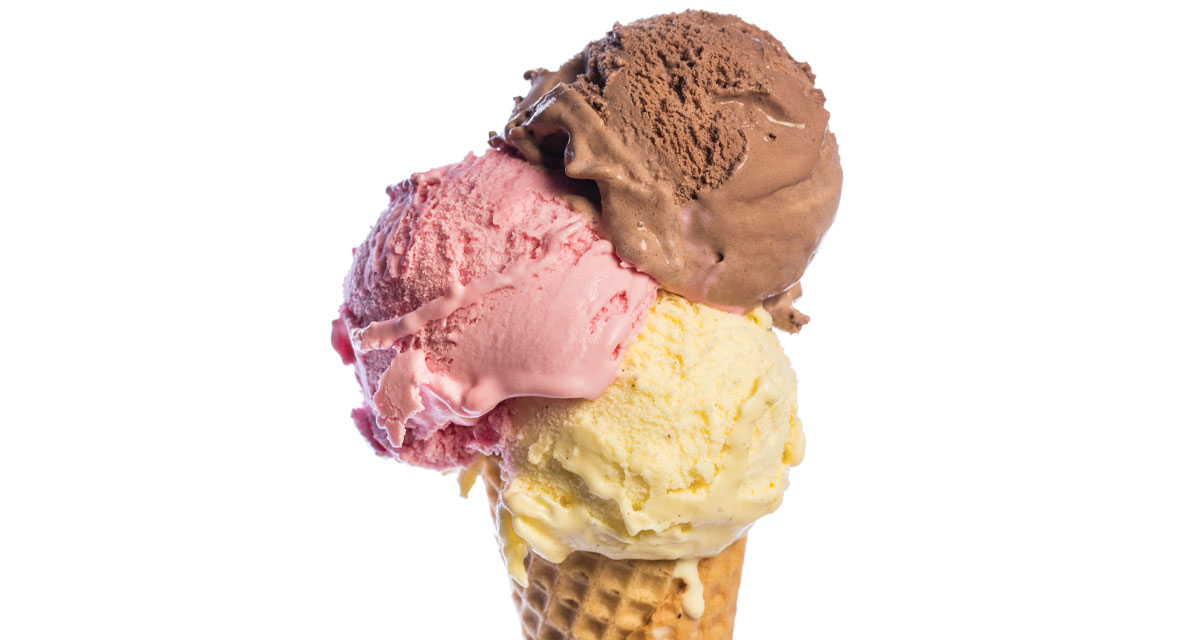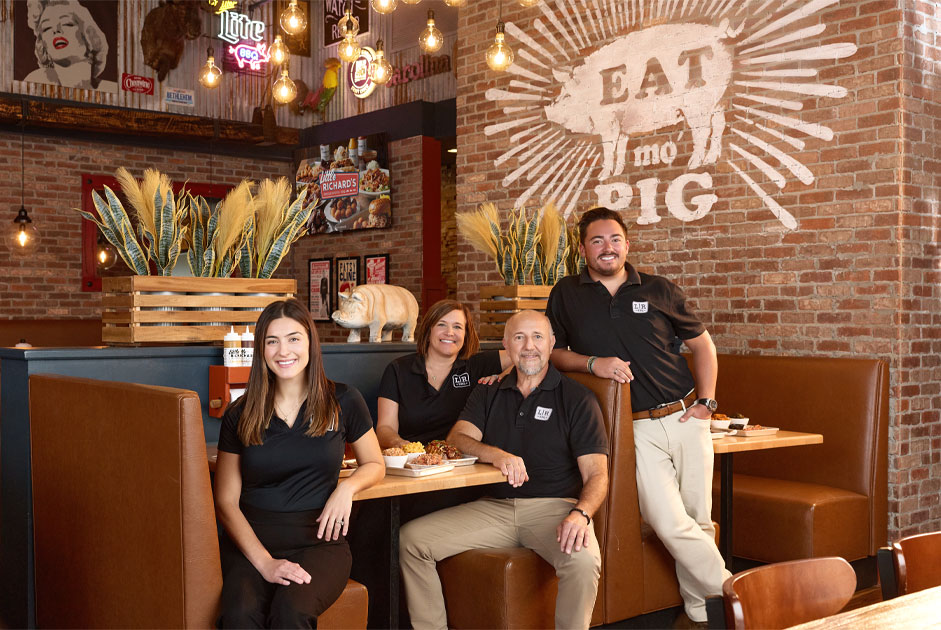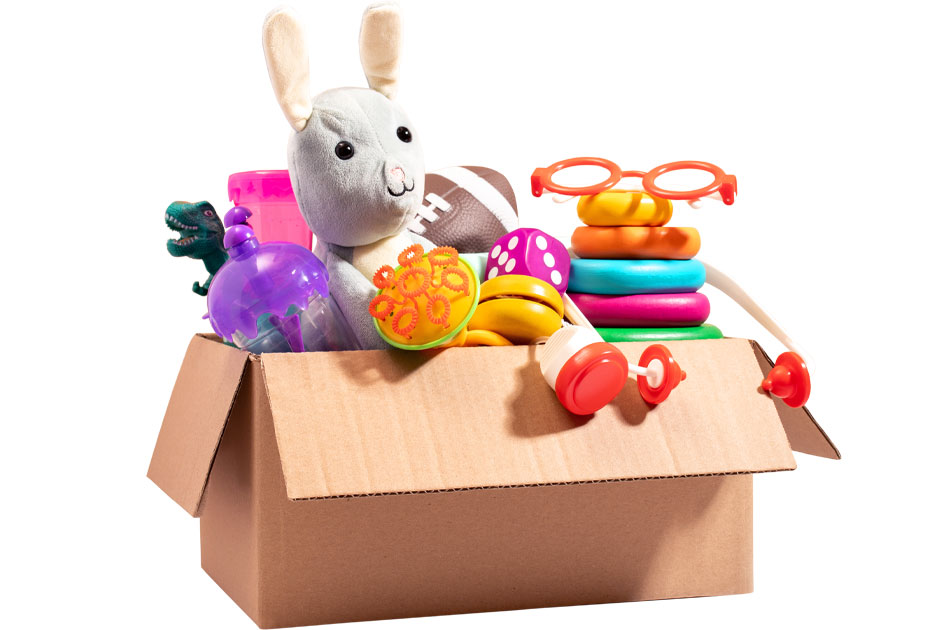The combination of milk, cream, and sugar consistently tops the list of our favorite foods. Everyone has a particular favorite. Yours may be strawberry or vanilla, or two scoops, comprising chocolate and peanut butter cup. There’s a distinct reason ice cream and summer go hand-in-hand. It’s the most-consumed dessert in America, considered comfort food, and preferred because it’s simply delicious! Did you know vanilla continues to be the most-preferred flavor? And, chocolate syrup is the most-chosen topping?
Ice Cream has a long history. Did you know?
- The first documented recipe was by an English woman in 1665, who flavored her “icy cream” with orange blossom water made with nutmeg.
- In 1784, George Washington purchased a cream machine for ice for one pound, thirteen shillings, and three pence. He also invested in utensils to prepare and serve it.
- Nancy Marie Donaldson Johnson patented in 1843 the first hand-cranked ice cream freezer similar to those still sold today, including a tub, cylinder, lid, dasher, and crank.
- In 1851, a Baltimore, Maryland, dairyman had a surplus of cream and decided to open the first commercial ice cream factory in Seven Valleys, Pennsylvania. Shipping his product by train back to Baltimore, Jacob Fussell also started the wholesale ice cream industry.
- In the late 19th century, Naples, Italy, created the first three-flavored ice cream by putting pistachio (green), cherry, (red), and vanilla (white) together to represent the Italian flag. In America, the term “Neapolitan” refers to a block of ice cream composed of three different flavors, chocolate, vanilla, and strawberry.
- At the St. Louis World’s Fair in 1904, Ernest E. Hamwi used his waffle iron to make cones, helping an ice cream vendor who had run out of bowls.
- In 1918, an American editorial writer criticized European hospitals for not feeding injured soldiers ice cream. He claimed every medical hospital in America used ice cream as a morale-booster.
- The first ice cream truck vendor was Harry Burt, a candy maker from Youngstown, Ohio, ready to expand his business. With the automotive industry booming and refrigeration available, he covered blocks of vanilla ice cream with cocoa butter and coconut oil, added a lollipop stick as a handle, and called it “Good Humor.”
- The flavor “Rocky Road” arrived during the Great Depression, intended as a morale booster.
- “Beatlemania” was on its way to the United States. Irv Robbins, a co-owner of a well-known ice cream shop, had seconds to respond. A Washington Post reporter wondered what flavor Baskin-Robbins was going to choose to honor the arrival of the international, renowned rock group. The answer: “Beatle Nut.” In five days, it was created, manufactured, and delivered.
- In 1984, President Ronald Reagan signed a proclamation declaring July to be National Ice Cream Month. The third Sunday of the month is officially National Ice Cream Day!
- In 2017, a new world record for eating ice cream identified a new victor. Miki Sudo consumed 16.5 pints in six minutes!
- A staggering nine percent of all cows’ milk creates ice cream.
- Today’s ice cream can be served hand-rolled, charcoal-infused, or blasted with nitrogen!
- Air, comprising 50% of the volume in ice cream, increases its light texture.
- Health continues to be a priority among dessert lovers. Sugar-reduced ice cream products grew by 16% in 2020.
- The United States ice cream market expects to reach 75 billion units by 2024.
Select a Style
Before you delve into making a homemade batch of ice cream, consider one of two styles.
- A custard-style, termed “French,” begins with a base of egg yolks, sugar, and cream. It has a smooth, creamy texture and flavor.
- “Philadelphia-style” omits eggs; therefore, it does not need a cooking base. The texture is lighter and more delicate than the French style and the ice cream easy to make; for example, the mixture is already cold before transitioning to a machine.
Without access to a machine, place your ice cream mixture into a freezer-safe container and allow an hour to freeze. If you are using an electric hand-mixer, stir vigorously. Repeat every 30 minutes over two or three hours until the contents freeze. Voilà, homemade ice cream!



















